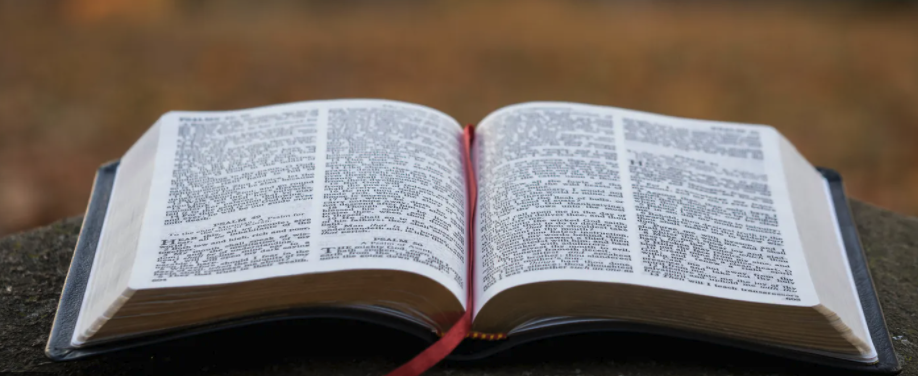Safe in the Harbor
Written by Rev. Delmar R. Kaufman — Pilgrim Tract Society
Submitted by Earnest Costilow
“On the night of December 15, 1945, a battered 37—foot sloop nosed its way through a heavy snowstorm off Cape Henry, Virginia, and dropped anchor in the harbor of Little Creek. On board were 16 Estonian men, women and children” For them, this was the end of an 8,000 mile voyage that had commenced 128 days before at Stockholm, Sweden, where they had taken refuge from the Communists who had taken over their homeland. When the Communists pressured Sweden to return them to Estonia, they purchased the boat and sailed for America.
The tiny craft was built originally to accommodate four or five people, and it was more than 50 years old. Thirteen days after the start, it sprang a leak, and although they tried to repair it, for the rest of the voyage, someone had to man the bilge pump constantly.
They crossed from the North Sea into the Atlantic, headed south to the Madeira Islands off the West Coast of Africa, and then west across the Atlantic to America.
The Voyage was fraught with perils. Once they barely escaped being driven onto the rocks. Because they had spent most of their money to purchase and repair the boat, they had little left for supplies, and they almost starves. The waves and storms soaked clothes, blankets, and people. They sailed into snow and ice. Twice, as they neared America, fierce storms drove them back out to sea. But, as one of them said: “ It would be better to be drowned than to go back!”
Finally, in the blackness of an early morning, they saw a perceptible glow along the western horizon, the lights of America. They had made the crossing. Their pilgrimage was over.
One reporter referred to their boat as “The Mayflower of 1945”. And actually, the refugees were pilgrims.
The Bible describes those who seek the heavenly city also as pilgrims— “strangers and pilgrims on the earth” ( Hebrews 11:13). It records the journeys of many pilgrims, among them, Abraham. It says of him, that “He looked for a city… whose builder and maker is God” (Hebrews 11:10). To find that city, it says that he “obeyed “God, and that “he went out, not knowing whither he went,” and that he “So journed… as in a strange country” ( Hebrews 11:8-9). And he found the heavenly city.
The same chapter of the Bible that tells of the pilgrimage of Abraham lists the name of many others who sought for, and found heaven. And it gives valuable lessons to those who would gain heaven. They are apparent in Abraham.
Heaven must be one’s top priority. Abraham “looked for a city.” For one hundred years, that was the goal of his life: he was 75 years old when he departed from Haran and he was 175 years old when he died in Canaan. To gain heaven one must seek it. It cannot be an incidental in life.
He separated from his ungodly kinsmen and neighbors: “ He went out ( Hebrews 11:8). One cannot live like , and be a part of the world and, at the same time be a child of God.
Abraham obeyed God. “Abraham… obeyed” ( Hebrews 11:8). To be a child of God, one must obey God; he must keep commandments of God.
Abraham Prayed. Each place that he lived in Canaan, he built and alter ( Genesis 12:7, 8, 13:18). To gain heaven, you must pray.
Abraham had faith: “ Abraham believed God ( Romans 4:3). “ By the grace are ye saved through faith; and that not of yourselves: it is the gift of God” ( Ephesians 2:8).
Finally, for a successful pilgrimage, you must not quit. The pilgrims of Hebrews 11 made no provision to turn back ( Hebrews 11: 16-16).
And they reached the City. Settle it that you will also someday reach Heaven. Make preparations now, tomorrow may be too late.


